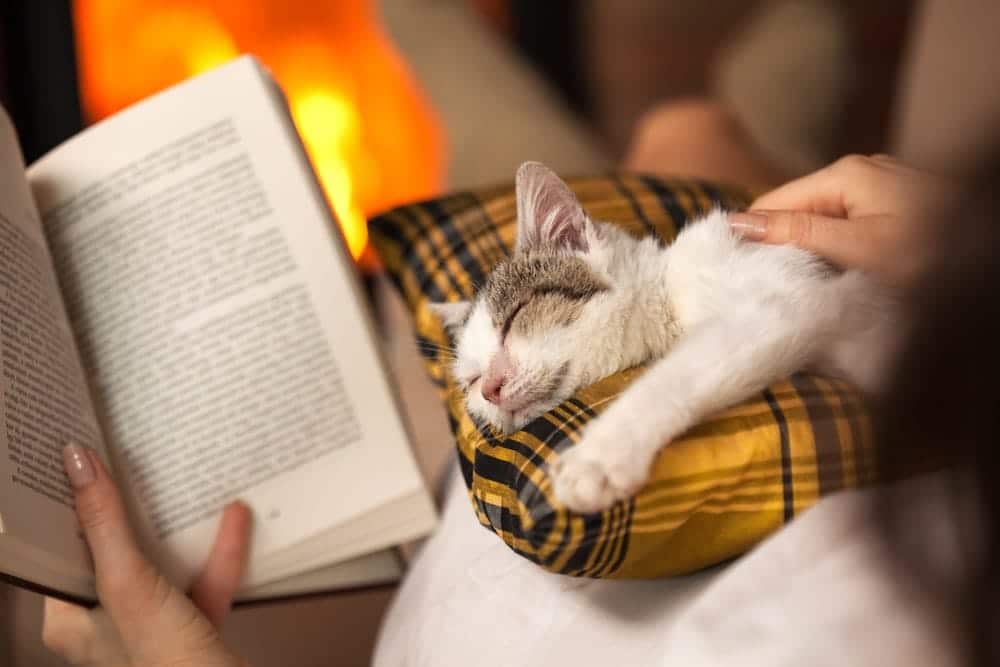
For cat lovers, finding a book that involves felines as the main character can be difficult—books that are worth your time reading, that is. Some books offer an excellent read, while others may fall short of your expectations. The value of a good storyline varies from reader to reader, so we took a stab at listing the 10 top fiction books about cats to help you find your next read. This compilation is ranked based on reviews from readers and includes adult reads, children, and young adults. We’ll also cover different genres to help readers find a book suitable for their tastes. Without further ado, let’s check them out!
A Quick Comparison of Our Favorites in 2024
| Image | Product | Details | ||
|---|---|---|---|---|
| Catster Top Pick |
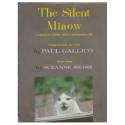
|
The Silent Miaow |
|
CHECK PRICE |
| Top Young Adult Pick |
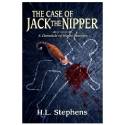
|
The Case of Jack the Nipper: A Chronicle of Mister Marmee |
|
CHECK PRICE |
| Best Short Story |

|
The Black Cat |
|
CHECK PRICE |
| Children's Choice |

|
Amara Sets Sail |
|
CHECK PRICE |
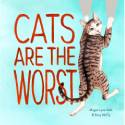
|
Cats Are the Worst |
|
CHECK PRICE |
The 10 Top Fiction Books About Cats
1. The Silent Miaow – Top Pick
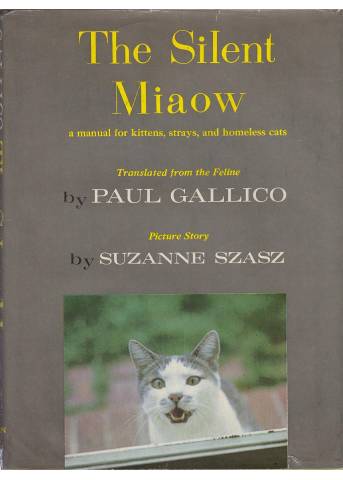
| Author: | Paul Gallico |
| Available formats: | Kindle, audiobook, hardcover, paperback |
| Length: | 160 pages |
The Silent Miaow by author Paul Gallico is a clever take on what may go through a stray cat’s mind to find a loving home. The theme is a stray cat that wrote the book in manual style on a typewriter, and an editor translates it into English. It serves as a guide for other strays and homeless kittens on how to manipulate, captivate, and dominate humans to become part of their families. The female stray who wrote the manual found a forever home successfully against the odds, and the manual shares what she learned in the process. This book has 200 black and white photographs and is suitable for all ages.
This book was initially published in 1964 but is still a popular read among cat lovers. It’s a fun, easy read with funny ways to “manipulate” a human into giving up a coveted chair by passing gas, among other hilarious scenarios. The book touches on tips for traveling with humans, trips to the vet, Christmas, and much more. A downside is that the book is dated; after all, it was originally published in 1964. Nonetheless, it’s still a fun read with a clever theme that you can still enjoy to this day, making it our top pick for a fictional book about cats.
- Fun, easy read
- Contains 200 black and white photographs for added fun
- Suitable for all ages
- Book is a bit dated
2. The Case of Jack the Nipper: A Chronicle of Mister Marmee – Top Young Adult Pick
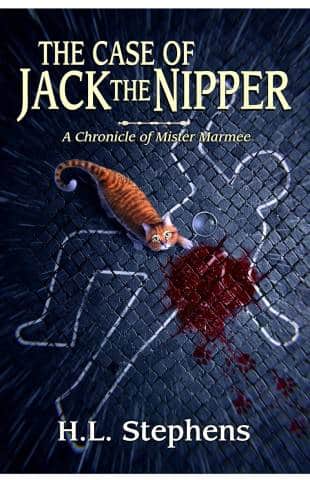
| Author: | H.L. Stephens |
| Available formats: | Kindle, paperback |
| Length: | 324 pages |
The Case of Jack the Nipper: A Chronicle of Mister Marmee is a fun murder mystery novel and our pick for the best young adult read featuring cats. This fictional tale involves a feline named Mister Marmee and his detective sidekick, a Dachshund named Sir Happy Heart. The detective duo sets out to solve crimes throughout Victorian London with their human counterpart and inspector, Hyrum Farley of Scotland Yard. Their many adventures are told through firsthand accounts of Mister Marmee and involve such elements as clues, plot twists, murder, and revenge.
Comparable to Sherlock Holmes novels, this fun read is only available on Kindle and paperback, which may not please fans of hardcover books. However, it’s still a clever tale and an intriguing read.
- Fun murder mystery with a cat as a lead detective
- Includes plot twists, murder, clues, and revenge
- Excellent for Sherlock Holmes fans
- Only available in Kindle or paperback
3. The Black Cat – Best Short Story
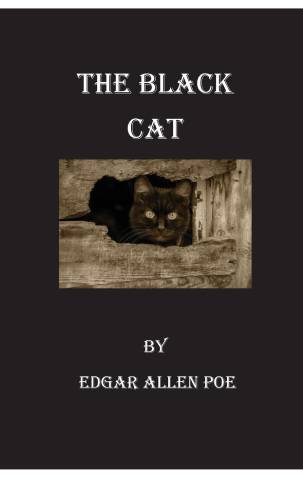
| Author: | Edgar Allen Poe |
| Available formats: | Kindle, paperback, audiobook, hardcover |
| Length: | 26 pages |
If you’re looking for a horror short story involving cats, look no further than The Black Cat from the mind of one of the world’s greatest horror authors, Edgar Allen Poe. The Black Cat is a tale about an alcoholic who kills his cat, named Pluto, in a drunken rage. What follows is a new cat entering his life who looks similar to Pluto, but with it comes guilt, regret, and a transformation from a nice man to a violent protagonist.
The wild narrative in this short story plays on the supernatural, and even though it was first published in 1843, the horror is still just as frightening today. However, some readers may be annoyed by the dated fashion from the time. Apart from that, we cannot find any negatives unless you’re not a fan of the horror genre.
- Written by the great Edgar Allen Poe
- Available in numerous formats
- Excellent short story for horror fans
- May be too dated for some readers
- Not for readers who do not enjoy horror
4. Amara Sets Sail – Children’s Choice
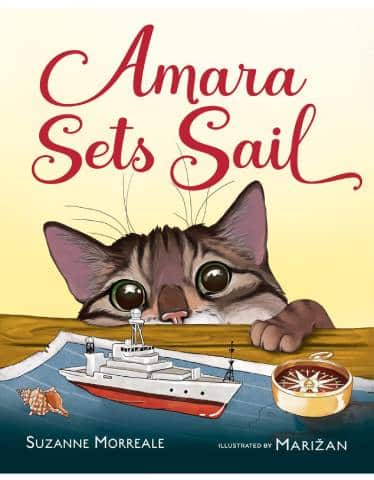
| Author: | Suzanne Morreale |
| Available formats: | Kindle, hardcover |
| Length: | 32 pages |
Amara Sets Sail is a heartwarming picture book for children ages 4 to 7. Amara, the cat, lives on a huge ship but grows weary of life at sea. Longing to make a friend on land, Amara soon discovers that life off the colossal boat is not what she anticipated, leaving her longing for her former life at sea. However, Amara goes on many adventures to foreign lands and meets many new friends along the way. The book’s illustrations flow perfectly with the story, allowing children to follow along easily.
Amara Sets Sail is the perfect bedtime story to read to young children, and it teaches them about our world in a cute and crafty way. The downside is it’s only available in Kindle and hardback, which makes it a little pricier than a paperback version. Yet, the hardcover works well for the illustrations.
- Heartwarming story for children
- Teaches children about our world
- Includes illustrations
- Easy for children to follow along
- Not available in paperback
5. Cats Are the Worst
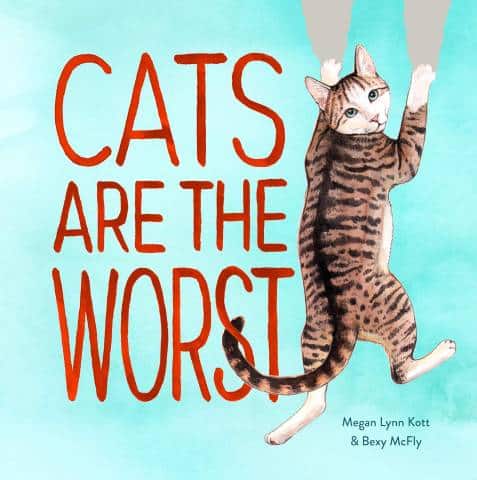
| Author: | Bexy McFly |
| Available formats: | Kindle, hardcover |
| Length: | 77 pages |
The fictional novel, Cats Are the Worst, is the perfect, fun and easy read for the young ones. This quick and comical read is only 77 pages long, but those 77 pages are packed with funny stories and illustrations about cats talking back to their owners. Every cat owner sometimes wants to shout, “Cats are the worst!” But have you ever thought about what your cat may shout back at you? Maybe your cat hates it when you vacuum just as much as you hate it when your cat knocks over a glass or leaves fur on your favorite shirt. Maybe your cat thinks you, the human, are an untrainable beast. Are cats the worst, or are humans?
Some readers may find the book a bit rushed. Plus, it’s only available on Kindle or hardcover.
- Perfect for young readers
- Quick and easy read with illustrations
- Clever and fun theme
- Book may feel rushed
- Available only in Kindle or hardcover
6. The Cat That God Sent
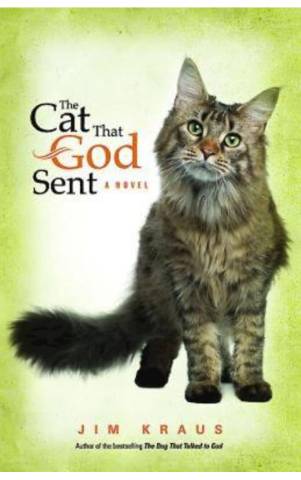
| Author: | Jim Kraus |
| Available formats: | Kindle, hardcover, paperback, audiobook |
| Length: | 336 pages |
The Cat That God Sent is an excellent choice for those who love a bit of religiousness and faith in a story involving a cat. This fictional tale revolves around a young pastor who recently took on a new assignment in a church located in rural Pennsylvania. However, he quickly realizes odd and eccentric folks surround him. Petey, a cat of unknown breed and origin who serves as the narrator, adopts the young pastor, as he believes God sent him to restore the pastor’s faith. Clever, entertaining, and sometimes humorous, this book comes in many readable formats. However, some readers found the characters unbelievable, while others felt the book had a slow pace.
- Good read for those who enjoy religious topics
- Clever, entertaining, and humorous
- Comes in various formats
- Characters may be unbelievable
- Book may have a slow pace for some readers
7. The Travelling Cat Chronicles
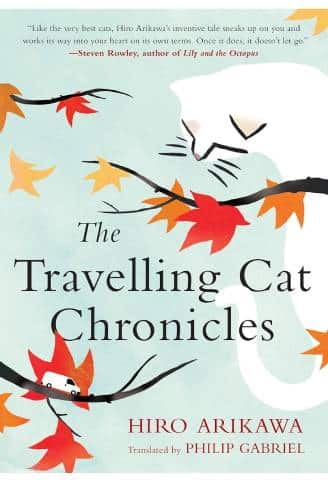
| Author: | Hiro Arikawa |
| Available formats: | Kindle, paperback, hardcover, audiobook |
| Length: | 288 pages |
The Travelling Cat Chronicles was an instant bestseller upon its 2018 release, and for good reason. The story involves Nana, a former stray cat taken in by his human companion, Satoru. Together, the two set out on a journey in a silver van across Japan to visit three of Satoru’s friends—or so Nana believes. This heartwarming, fictional tale shows how an adventurous cat and his human companion can learn about love, loyalty, courage, and gratitude, all while traveling and discovering ever-changing sceneries and seasons.
Some readers felt the plot was a bit too simplistic, boring, and moved at a slow pace, but you’ll have to form your own opinion, as the novel has more positive reviews than negative.
- International bestseller
- Fun, adventurous plot set in Japan
- Shows a strong bond between cat and human
- Plot may be too simplistic for some readers
- Some find the plot boring
- Story may move at a slow pace
8. The Cat’s Maw
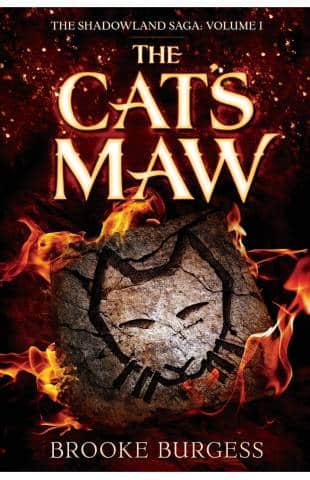
| Author: | Brooke Burgess |
| Available formats: | Kindle, audiobook, paperback |
| Length: | 278 pages |
The Cat’s Maw is another excellent choice for YA readers. This book contains murder, mystery, and horror all rolled into one. It also includes 20 illustrations drawn by Colin Moore that allow the reader to visualize specific scenes. The story involves a 10-year-old friendless boy who lives with his strict adoptive parents. One day, he follows a golden-eyed stray across the road, only to end up with a severely broken leg after being hit by a car. Mysteriously, the same cat shows up at his bedside, but the cat isn’t the only thing that shows up. The boy is also haunted by vivid dreams upon the cat’s arrival, but are the dreams real? And will they come true?
The flow of the story may jump around too much, and some feel the storyline is weak. However, others loved it.
- Perfect for YA readers
- Contains 20 illustrations
- Murder, mystery, and horror rolled into one
- Plot may jump around too much
- Weak storyline
9. The Cat Who Could Read Backwards
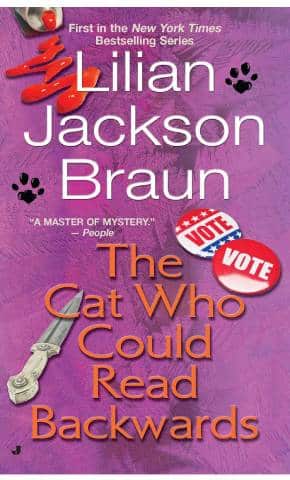
| Author: | Lilian Jackson Braun |
| Available formats: | Kindle, paperback, hardcover, mass market paperback |
| Length: |
The Cat Who Could Read Backwards is the first book by author Lilian Jackson Braun in “The Cat Who” mysteries. This New York Times bestseller is about a prize-winning reporter named James Qwilleran, who takes a new job at The Daily Fluxion, which causes him to dart off course from his usual crime-reporting genre. Now part of the newspaper’s art team, Qwilleran crosses paths with an unpopular art critic named George Bonifield Mountclemens III. Mountclemens offers him an apartment with low rent, but with a catch: He must cat sit for Mountclemens’ Siamese cat named Koko.
Koko is no ordinary cat. This feline can read backward and has a nose for clues, which will come in handy when Qwilleran returns to reporting on crime after finding a body.
Some readers describe the book as “boring,” with a plot all over the place. However, others describe the book as “humorous and intriguing.”
- New York Times bestseller
- Humorous and intriguing plot
- Part of “The Cat Who” series
- Some may find the book boring
- Plot may feel all over the place
10. The Last House on Needless Street
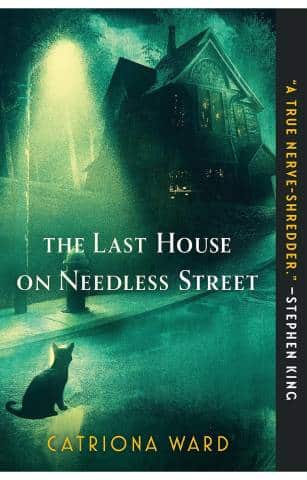
| Author: | Catriona Ward |
| Available formats: | Kindle, audiobook, paperback, hardcover |
| Length: | 324 pages |
If you love the horror genre involving cats, The Last House on Needless Street may be your cup of tea. We don’t want to spoil this brilliant horror story, but we will say this dark fiction includes a cat who loves to nap and read the Bible. Three main characters (including the cat) live on a dead-end street in a boarded-up house, and all three are bonded together due to a horrible secret. When a new neighbor moves in next door, something will haunt the three, but what? You’ll have to read this “well-written” book, as many readers claim, to find out.
Some readers felt the twists were too predictable and tried, and others couldn’t seem to get into the story. However, others loved the “shocking” ending—maybe a positive review from Stephen King may entice one to read it.
- Perfect for horror fans
- Many readers felt it is well-written
- Has a “shocking” ending
- Twists may be too predictable
- Some readers could not get into the story
Buyer’s Guide
Did you see any books that looked worthy of your time? How do you find the most fitting read for your taste if not? There’s nothing more frustrating for avid readers who buy a book only to be bored to tears and maybe not even finish it. Our next section is our buyer’s guide, which should help you make the best decision before purchasing your next read about cats.
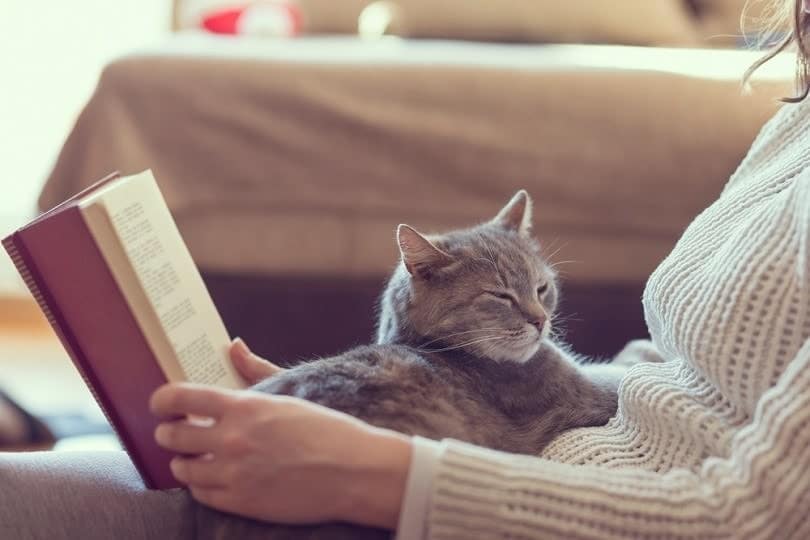
Choose the Correct Genre
Most readers know what genre they like, and if you sway more toward one genre than the other, by all means, stick with what you like. Even with fictional books about cats, you can find horror, humor, fantasy, murder mysteries, and whatever else strikes your fancy. If you’re buying a book for your child, ensure the book is age-appropriate before purchasing; otherwise, you may end up with a book for yourself.
Format
Gone are the days of buying the latest James Patterson novel at your local bookstore. Although some people still prefer to buy a book from a bookstore to smell and feel the hot-of-the-press pages, some readers prefer buying a book online and having it transferred right to their Kindle with just a few clicks.
Some readers prefer hardcover books, while others prefer paperbacks. Most books offer all formats, including audiobooks, but there are still books that only offer a couple, usually Kindle or hardcover. Hardcover books tend to be more on the pricier side, but if it’s a book you’re dying to read and it only comes in hardcover rather than paperback, odds are you’ll fork over the extra cash.
Reviews
Our suggestion to you is this: Take reviews with a grain of salt. Every reader will have their own take on a novel, and just because someone states that the book is a horrible read doesn’t guarantee that you will feel the same way. Unfortunately, you can’t go by reviews alone, and sometimes, you must struggle to get through a novel or elect not to finish it. On the other hand, a book that one reader claims is a horrible read may end up being one of the best books you’ve ever read—you won’t know until you try.
Conclusion
We hope our reviews of the top 10 fiction books about cats help you find your next exciting read. For our top pick, The Silent Miaow is available in all formats and offers a fun, easy read suitable for all ages, complete with 200 black and white photographs for added fun. For YA readers, The Case of Jack the Nipper: A Chronicle of Mister Marmee is a fun murder mystery with plot twists, clues, and revenge. For the best short story, The Black Cat offers horror with just a few pages and comes from the frightening mind of Edgar Allen Poe.
You might also like:
Featured Image Credit: Ilike, Shutterstock
Contents
- A Quick Comparison of Our Favorites in 2024
- The 10 Top Fiction Books About Cats
- 1. The Silent Miaow – Top Pick
- 2. The Case of Jack the Nipper: A Chronicle of Mister Marmee – Top Young Adult Pick
- 3. The Black Cat – Best Short Story
- 4. Amara Sets Sail – Children’s Choice
- 5. Cats Are the Worst
- 6. The Cat That God Sent
- 7. The Travelling Cat Chronicles
- 8. The Cat’s Maw
- 9. The Cat Who Could Read Backwards
- 10. The Last House on Needless Street
- Buyer’s Guide
- Conclusion












